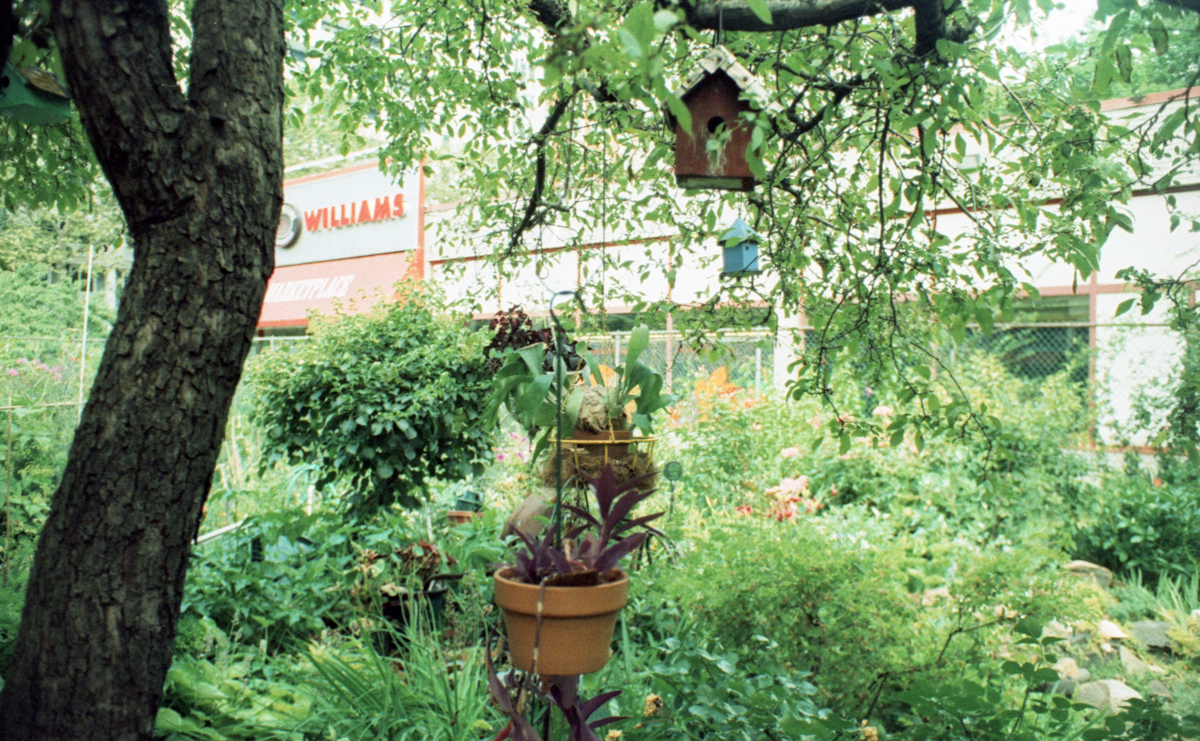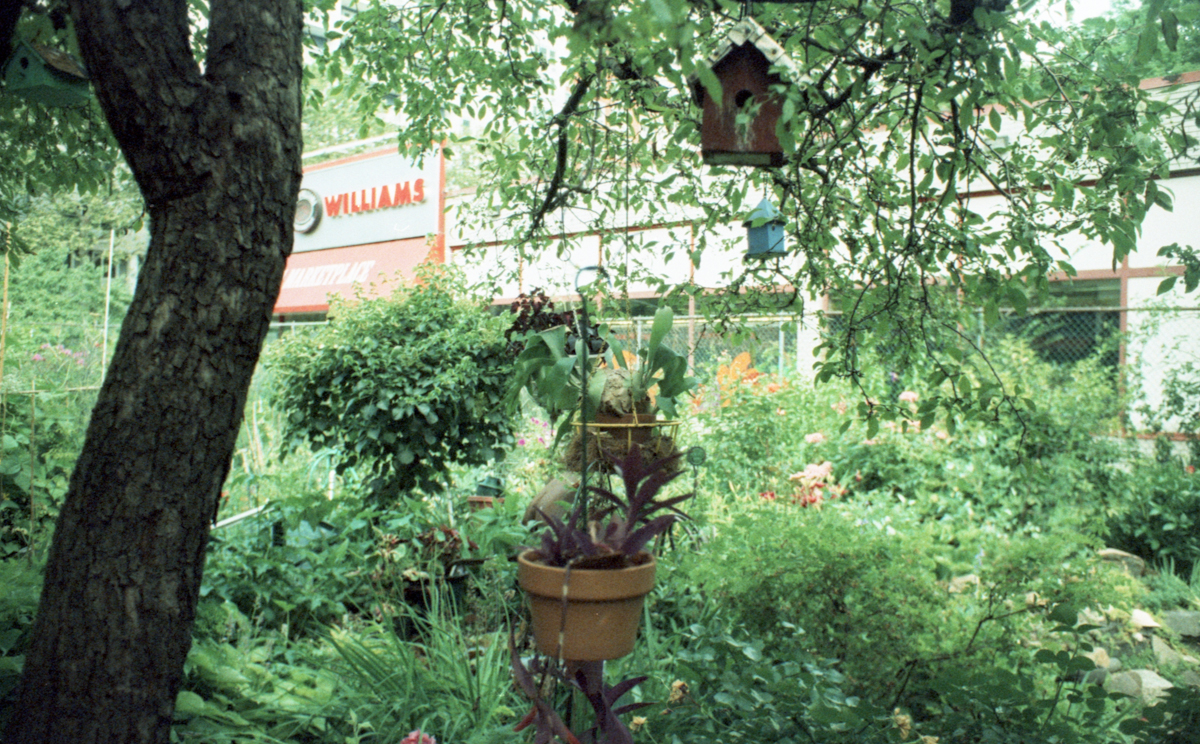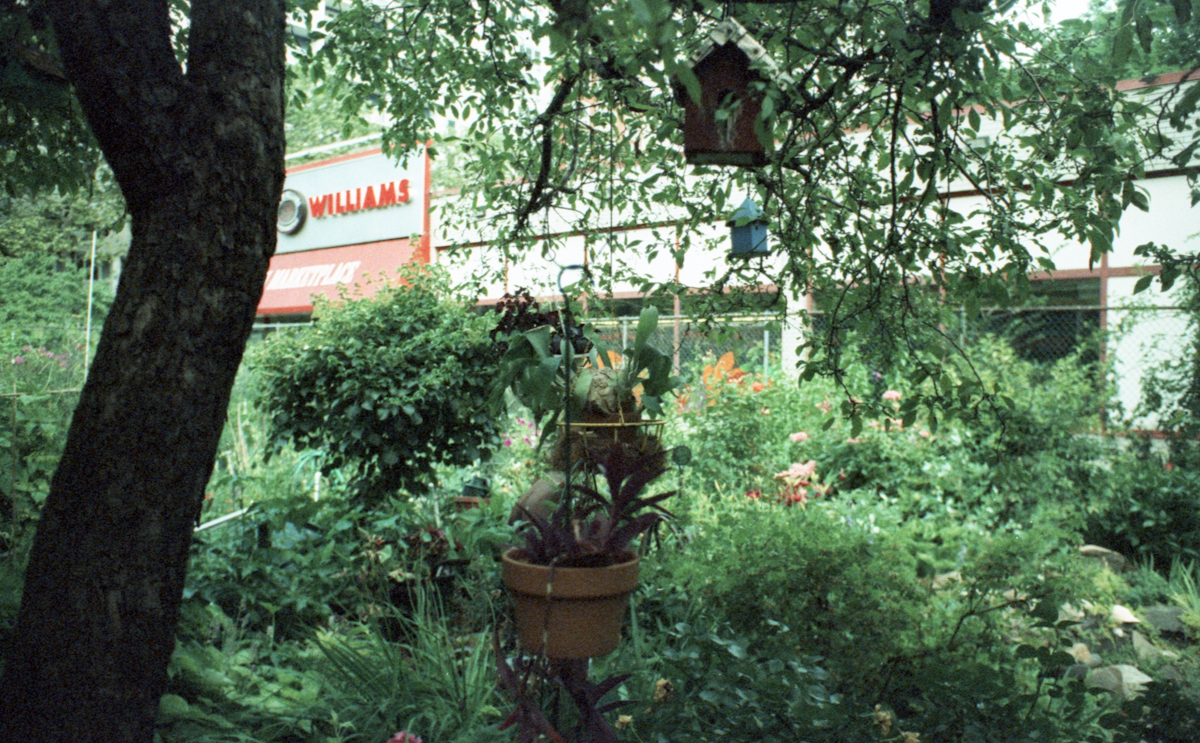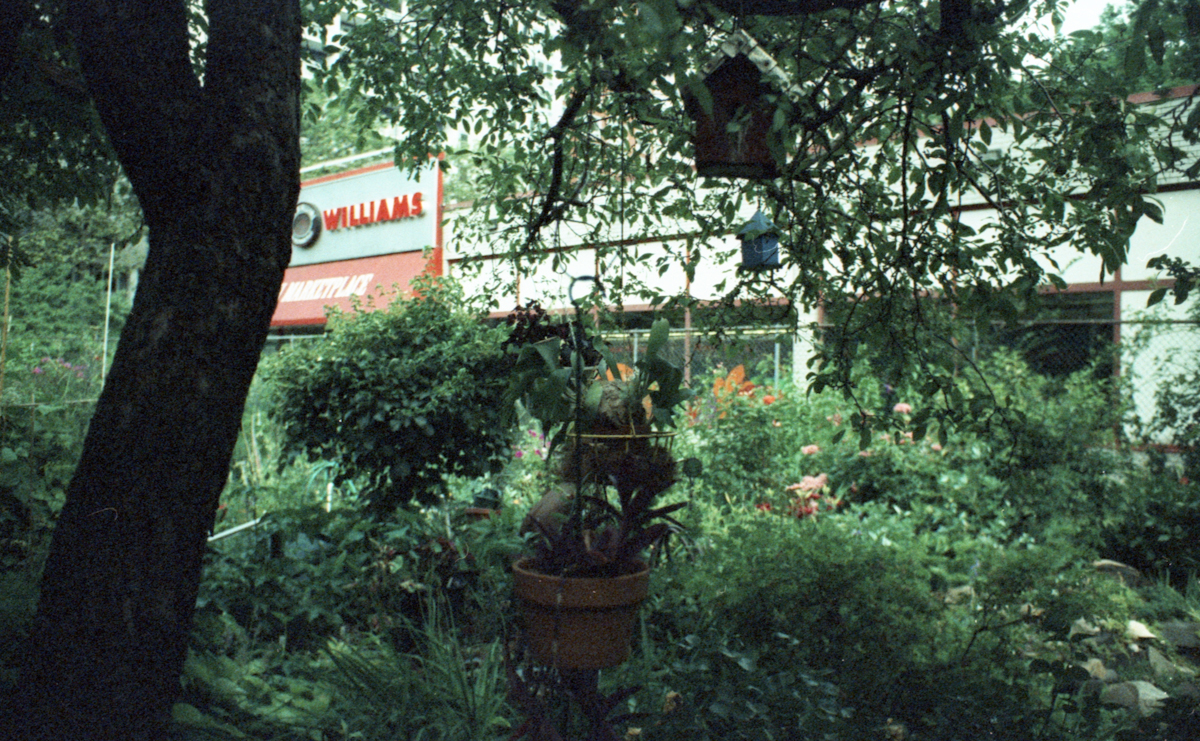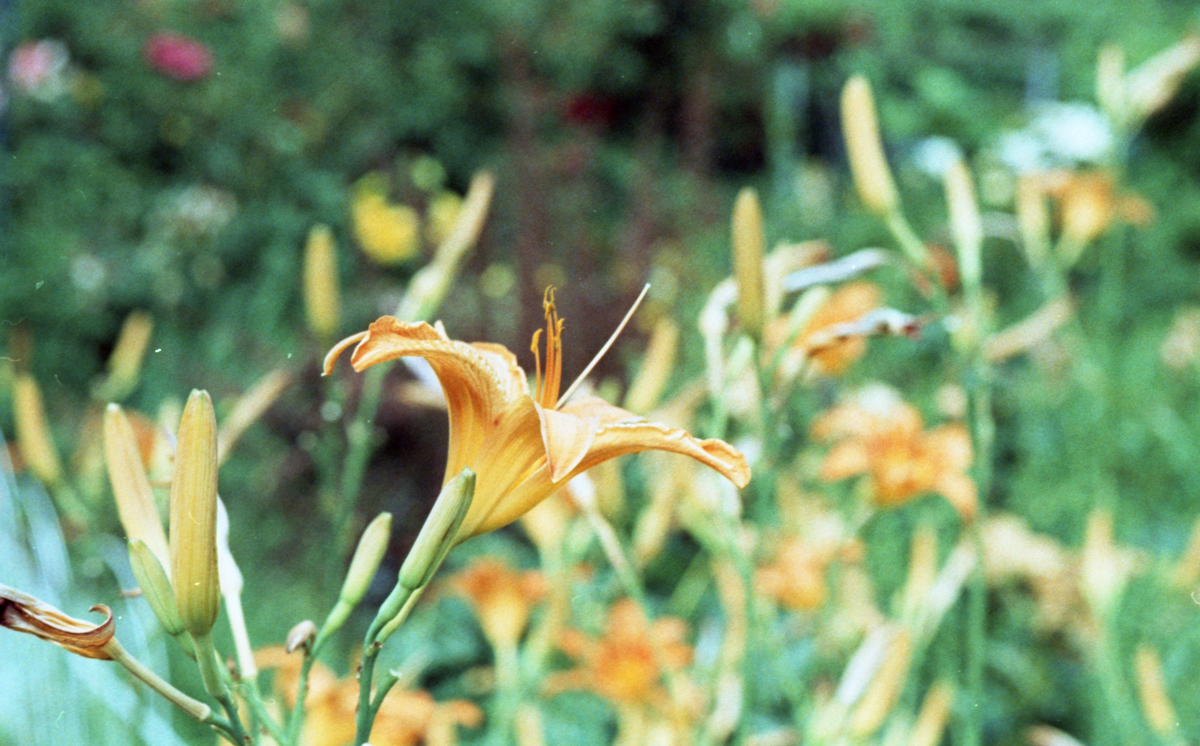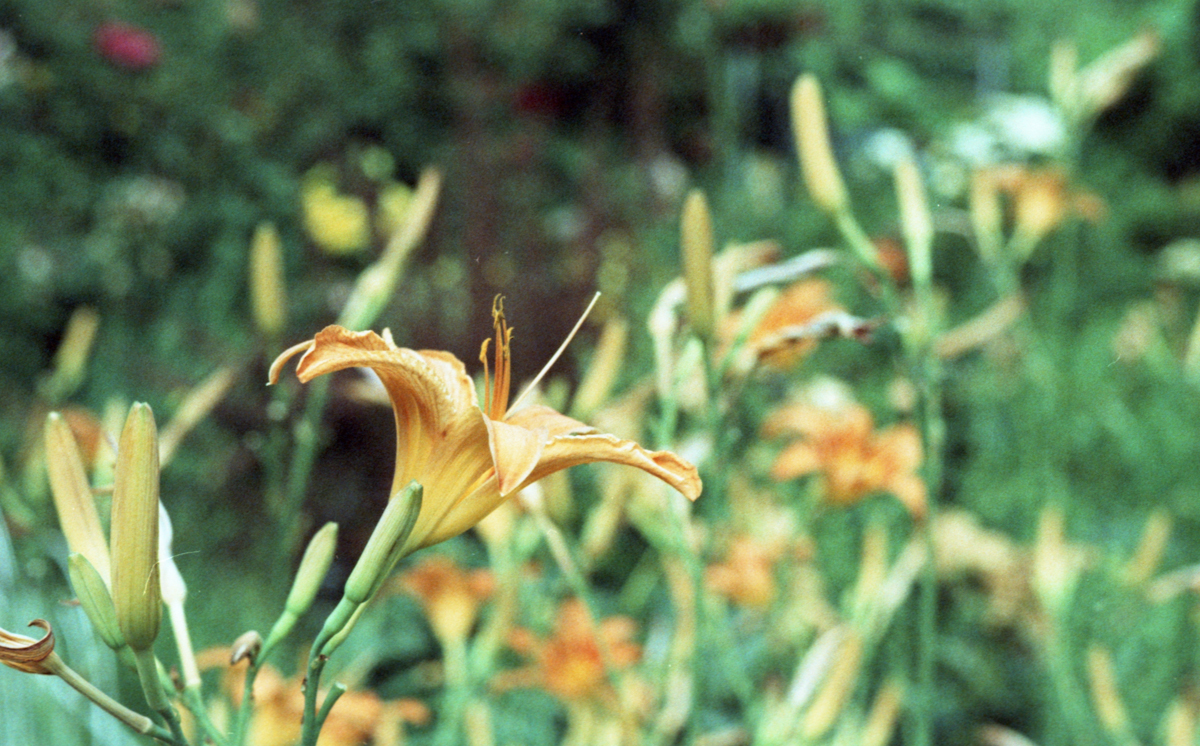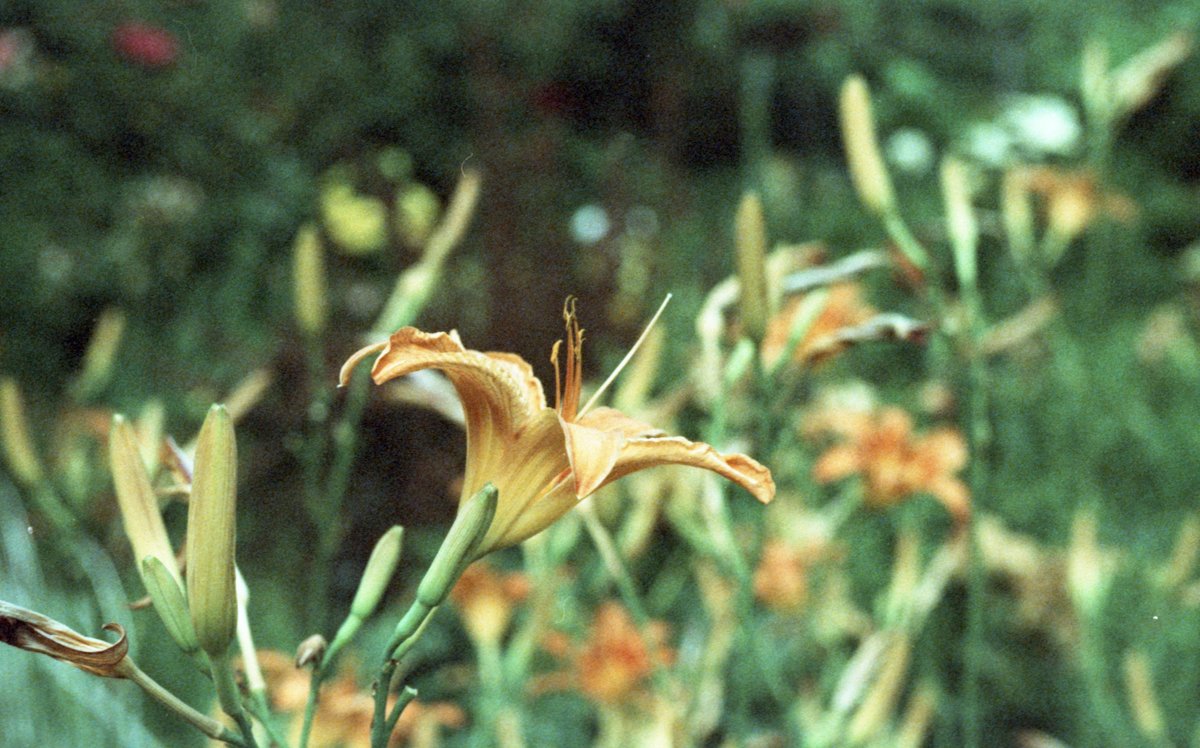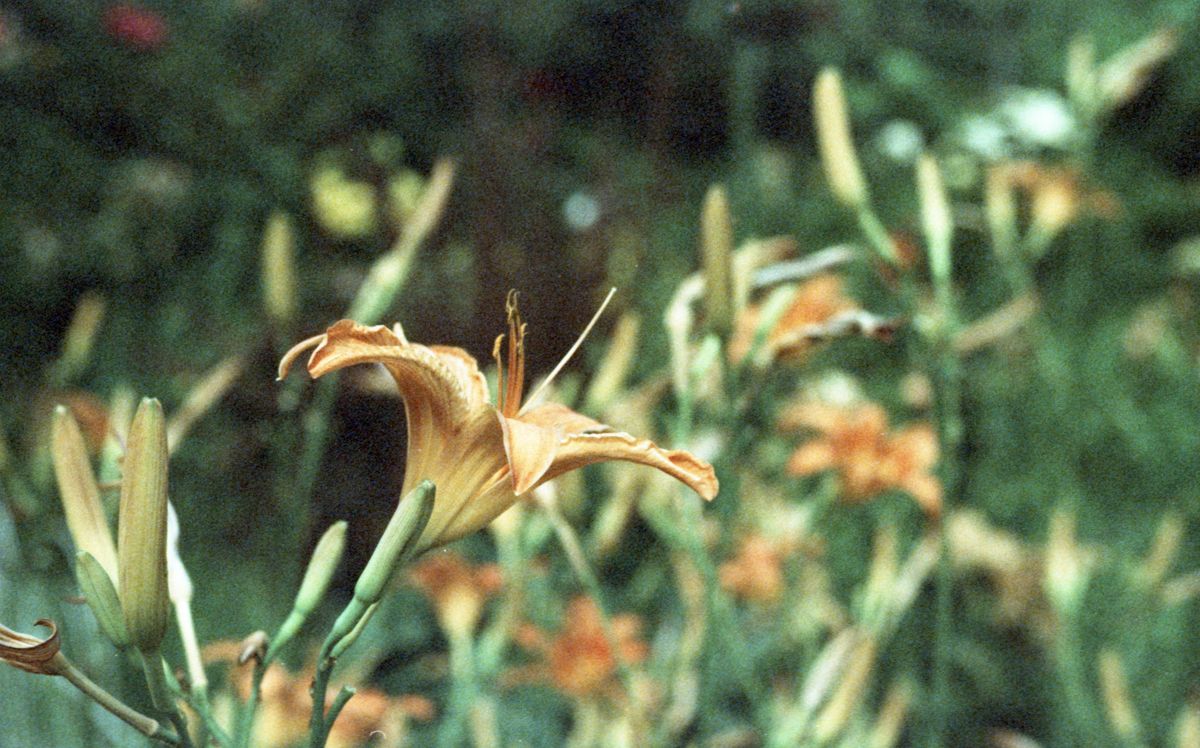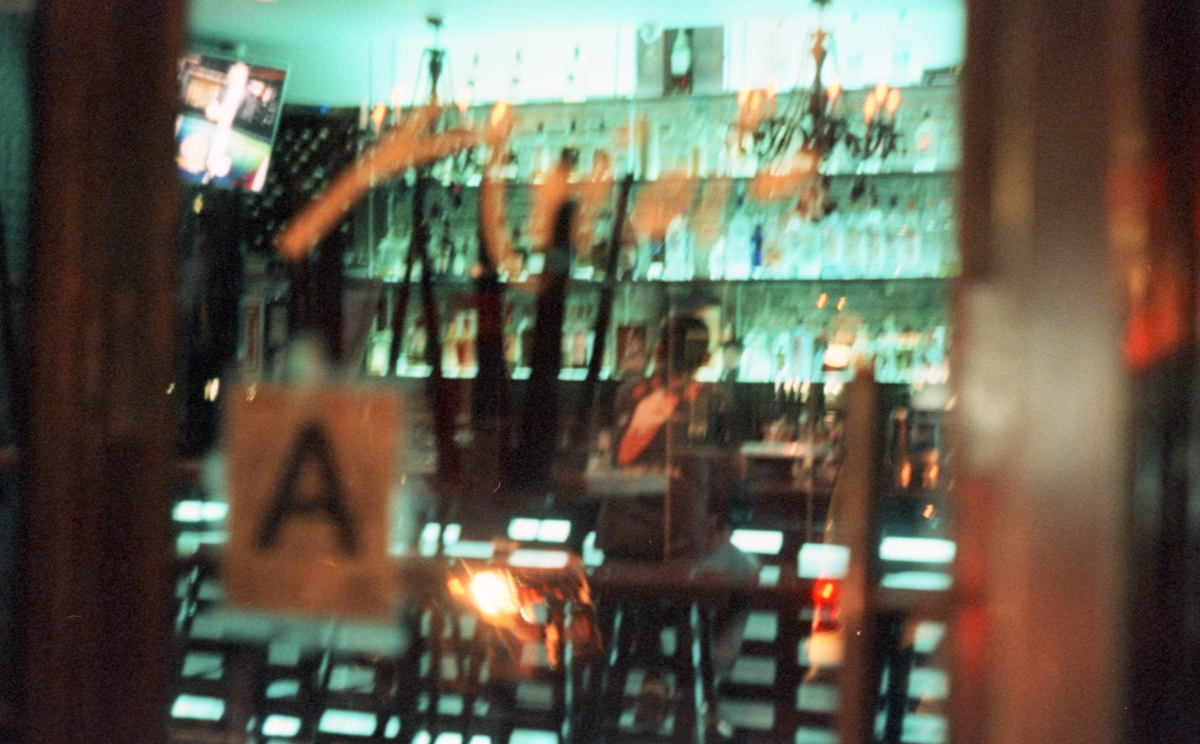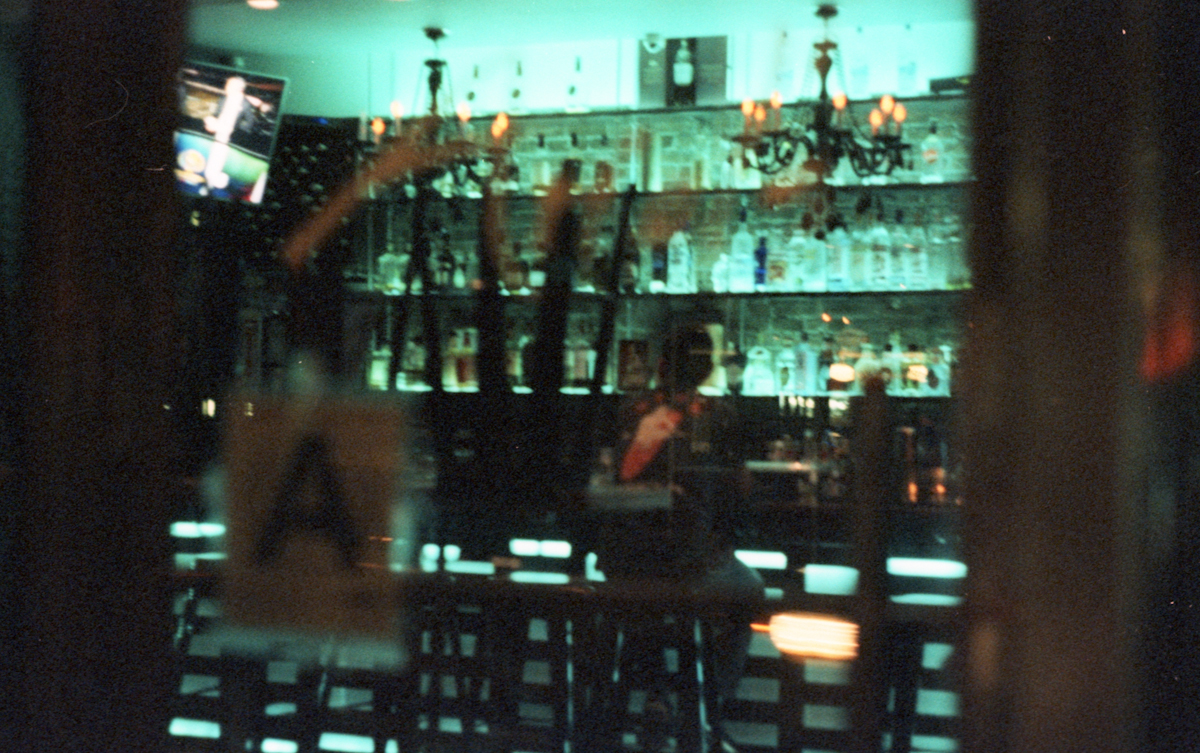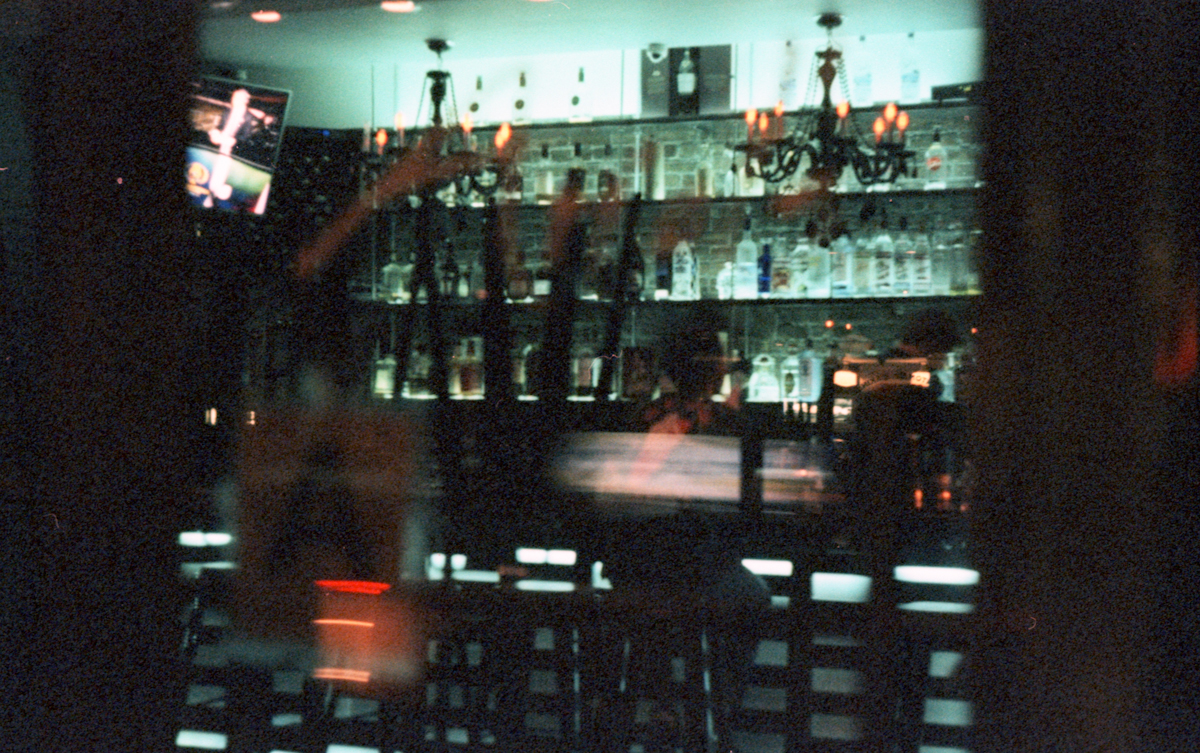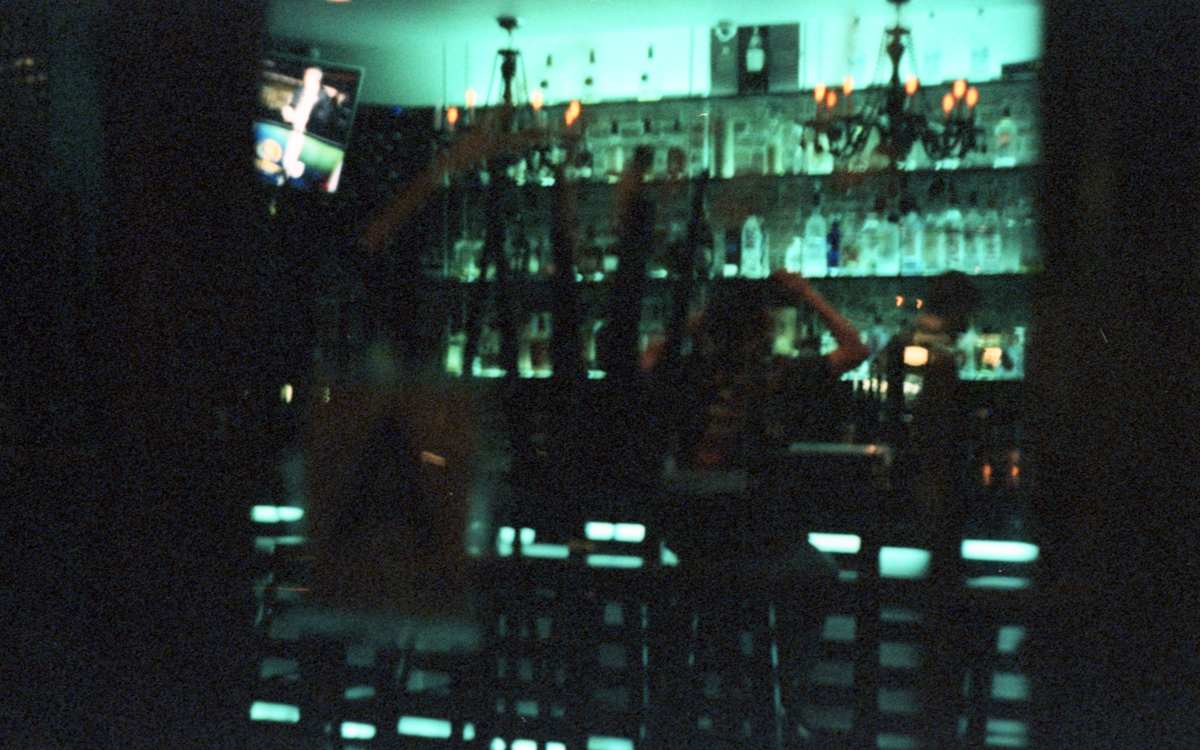In my previous post, I described pushing C41 color negative film (specifically Kodak Gold 400). I’ve always loved cross-processing E6 film in C41 chemicals, but the disadvantage of that is that E6 film is generally pretty slow (ISO 50-100 at most except in special cases), and in order to get a really blown-out xpro look you need to overexpose one stop, so I’m usually shooting at ISO 25-50. Emboldened by my experiences with color negative film, I decided to try to push E6 film. In order to recreate the experience of overexposing one stop and developing normally, I tried underexposing by only one stop, but push processing 2 stops. I had a roll of Sensia 400 (one of the exceptionally fast slide films I alluded to), so I was ready to shoot it at 800 and push 2 stops. A friend recommended bracketing my exposures so I could at least control for my exposure compensation, so I went all out and bracketed at ISO200, ISO400, ISO800 (my target ISO), and ISO1600. Here are the results. Completely raw scans, with absolutely no post processing. In every set of photos, the EVs increase in value from 200 to 400 to 800 to 1600.
My conclusions are as follows:
- Incredibly, even at ISO200 (overexposed one stop) and pushed 2 stops in C41, there is a perfectly usable negative, and arguably the best out of all 4 exposures.
- After ISO400 (box speed), there is a rapid dropoff in shadow detail.
- Colors become muted after ISO400 (box speed), which is exactly what I’ve noticed when shooting at +1EV (with some “oops” moments of unintentionally underexposing) and processing normally.
- Although I didn’t do enough test shots at night, which was the main purpose of this experiment, all of the above seems to hold true at night as well.
- The colors are surprisingly “true” given that it’s an xpro. (NOTE: I have never shot Sensia 400 before, so I don’t know what my normal development scheme would look like with it. That’s the one failure with this experiment. If anyone has a roll of Sensia 400 in 135 I could use to complete the control for this experiment, you may donate it to me in the name of science 😛 )
- The general wisdom that slide film has less latitude than negative film seems to hold true for xpro as well (not that I ever doubted that).
Given the above, I am hesitant to push and xpro E6 film in future, because my main purpose in cross processing is to get the nice blown-out highlights and bold color shifts, both of which start to lose prominence after box speed. There’s still room to shoot another test roll of slower E6 film, and more night shots (or rather evening due to the slow film speed), but I think I’ll keep my push processing to black & white and color negative film.
